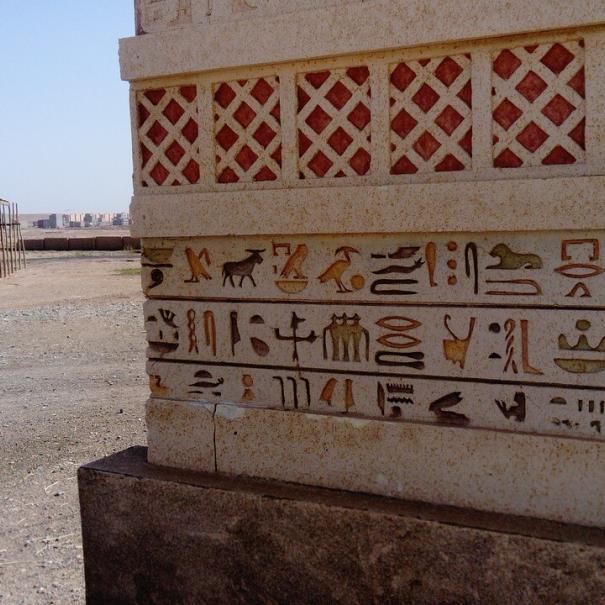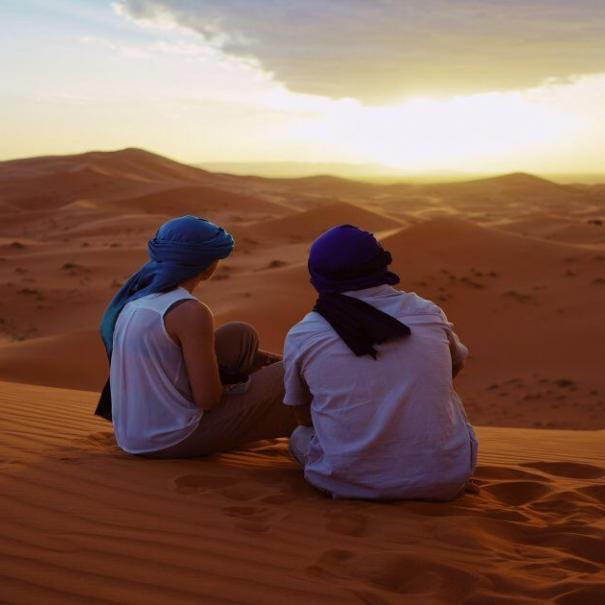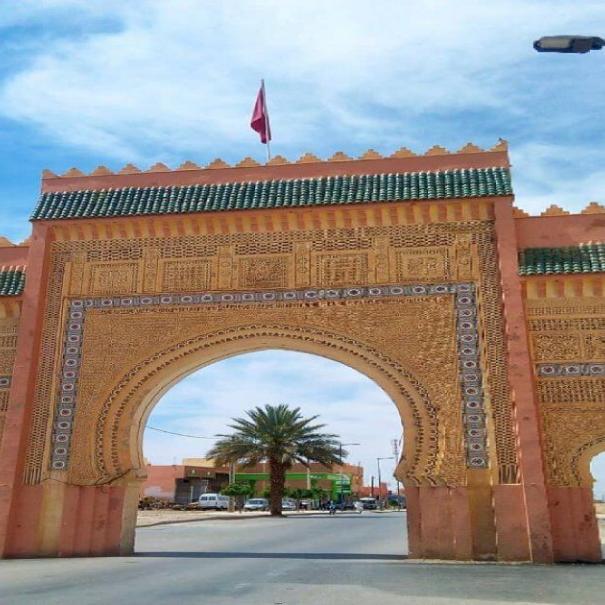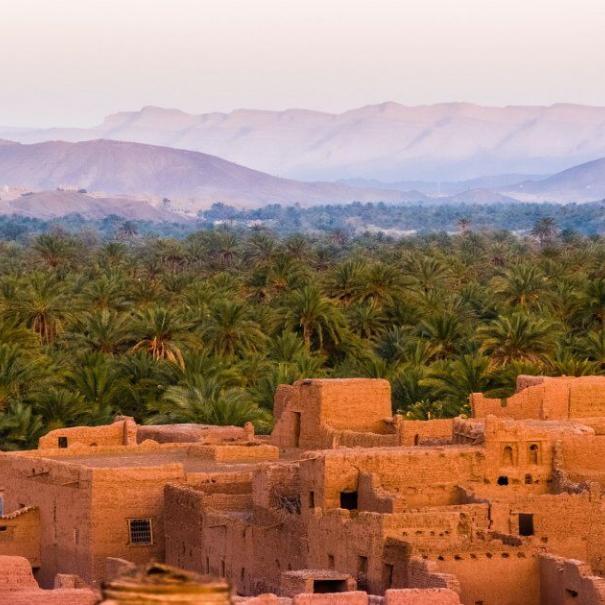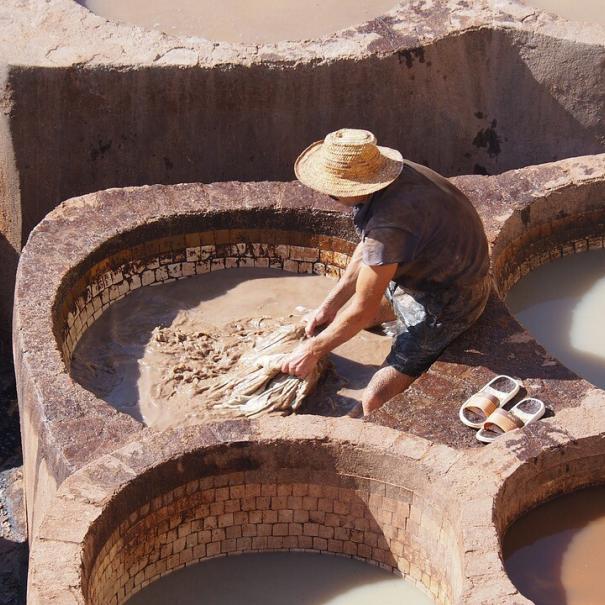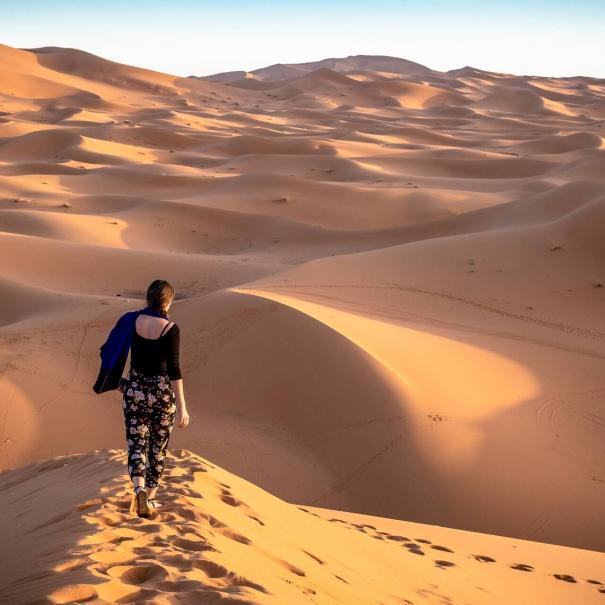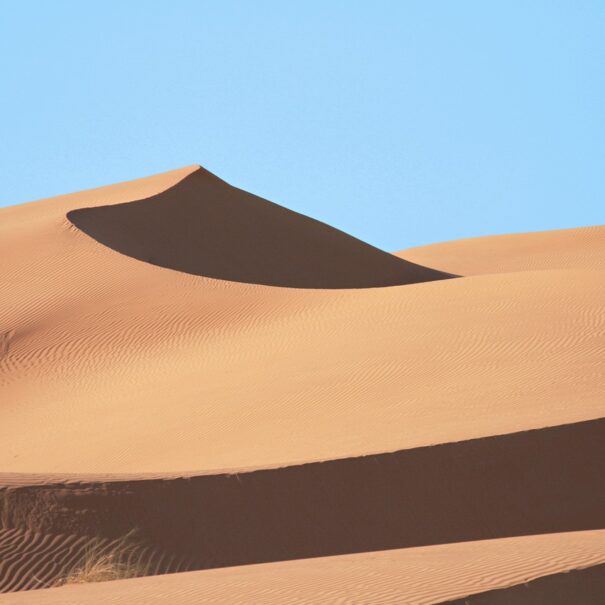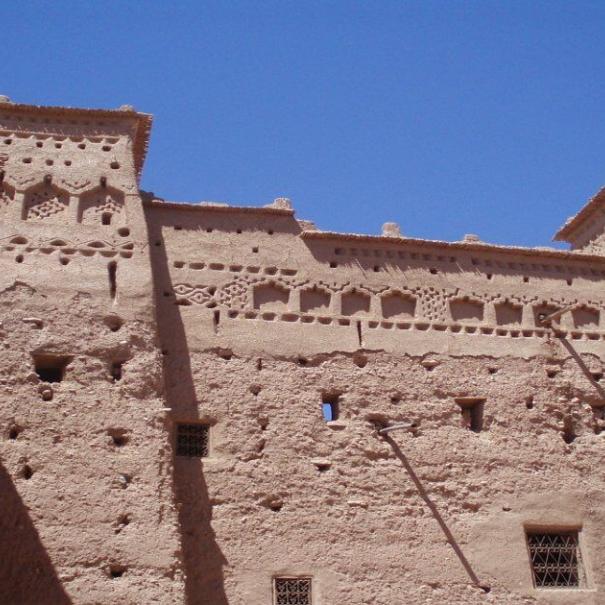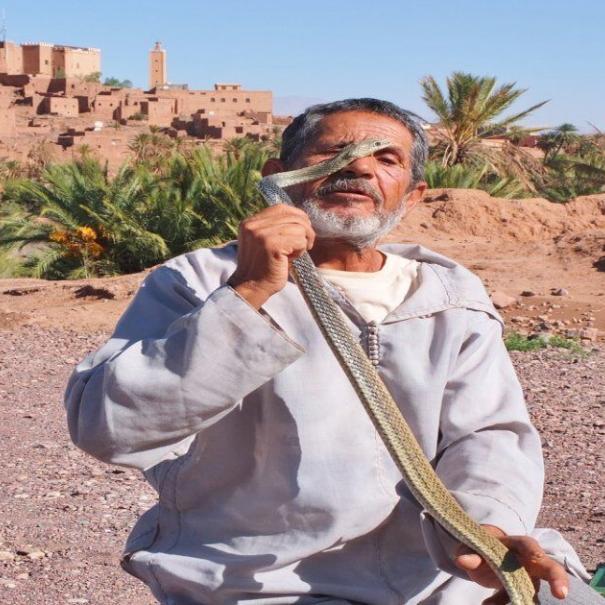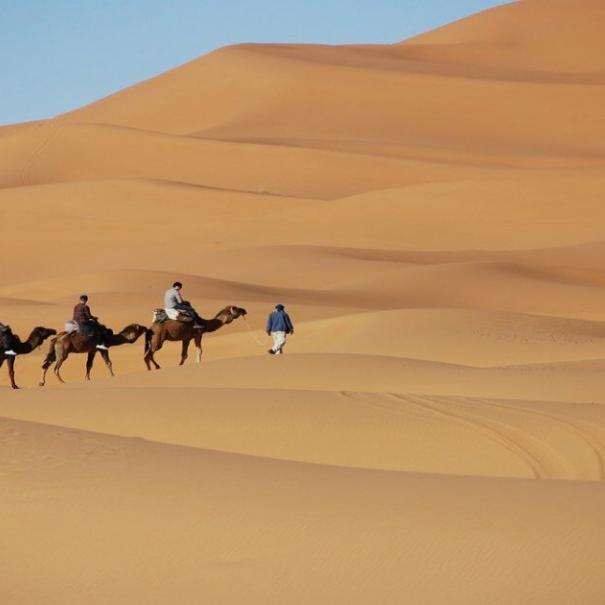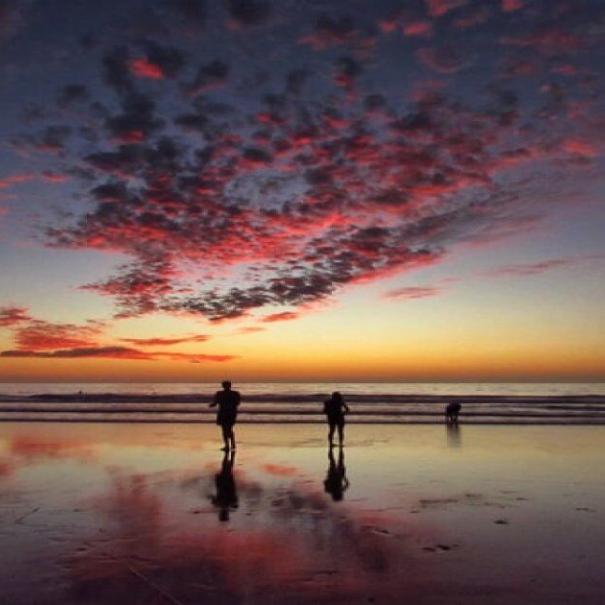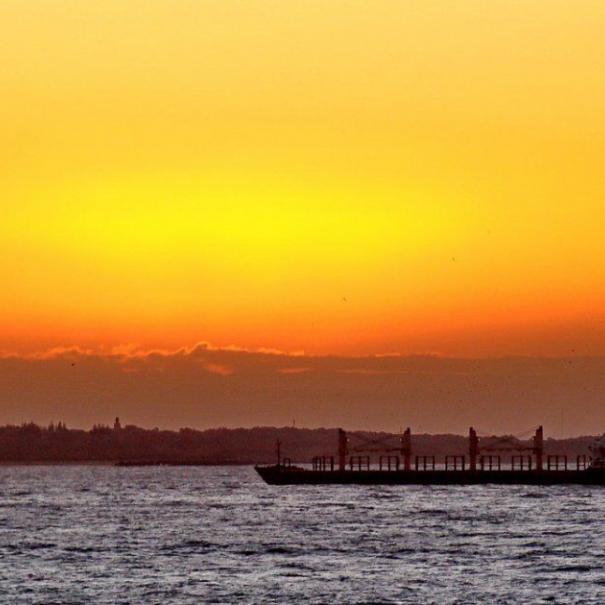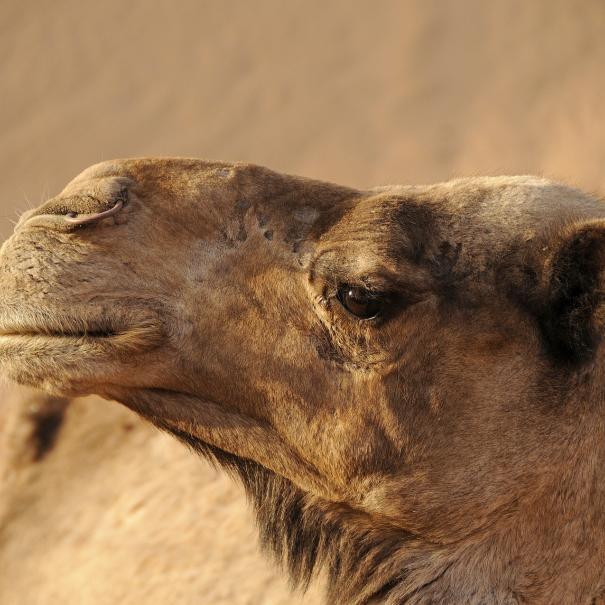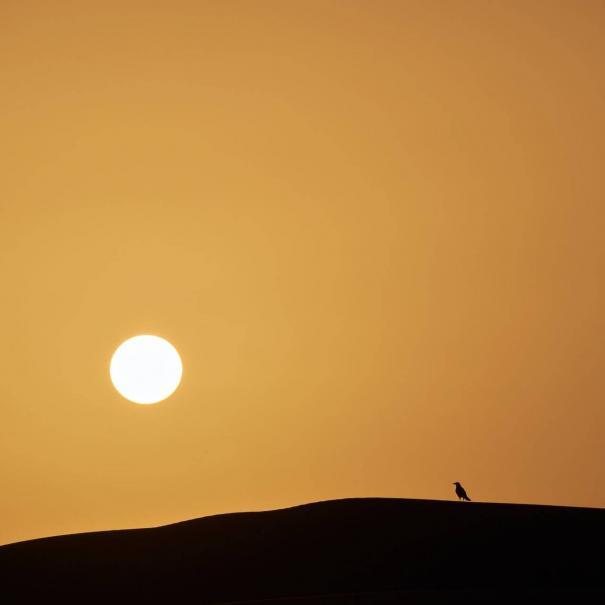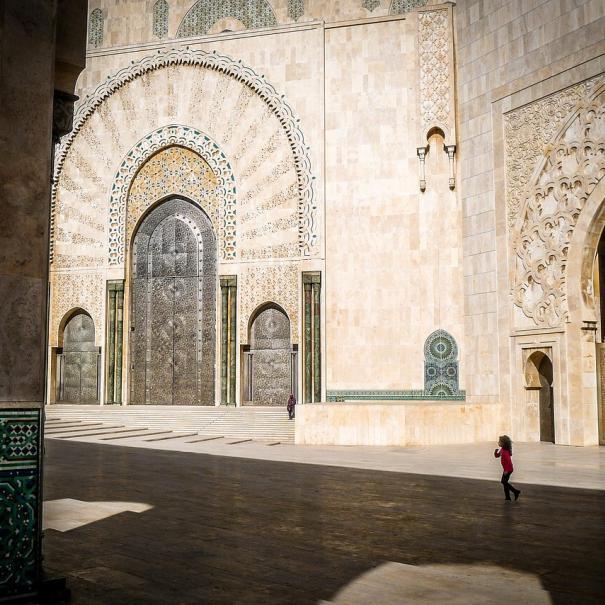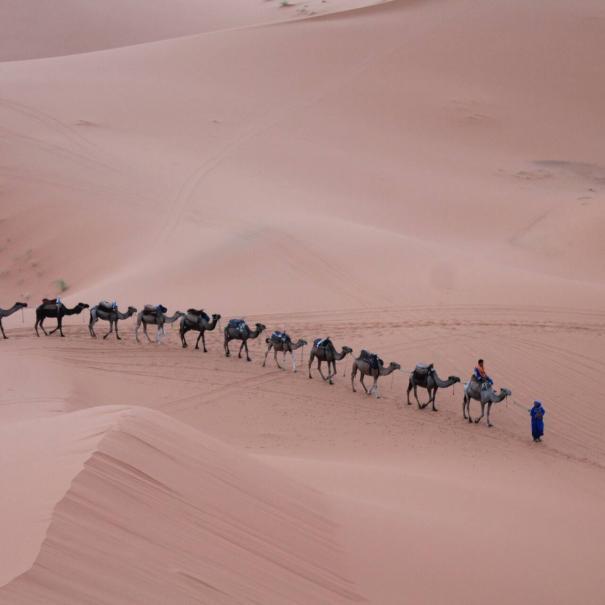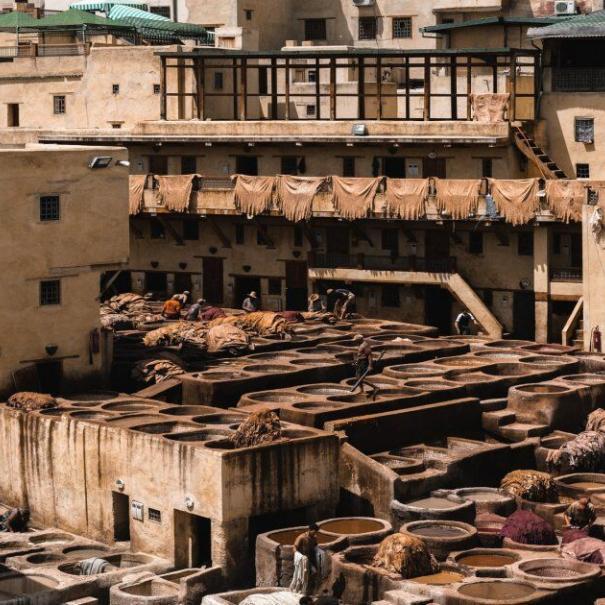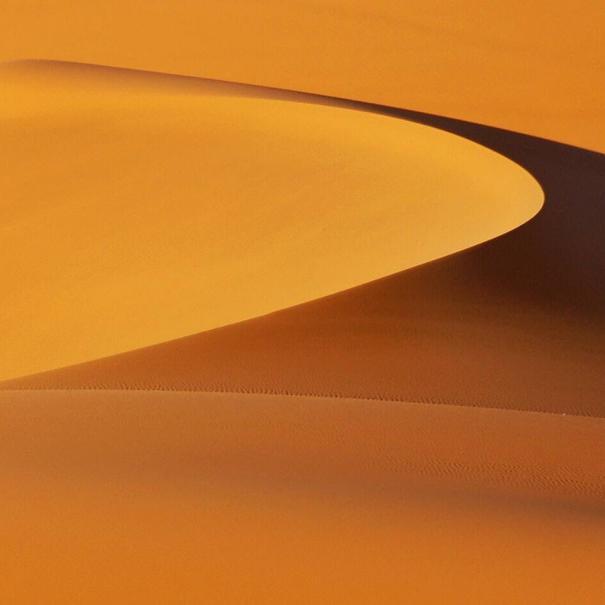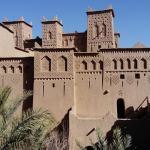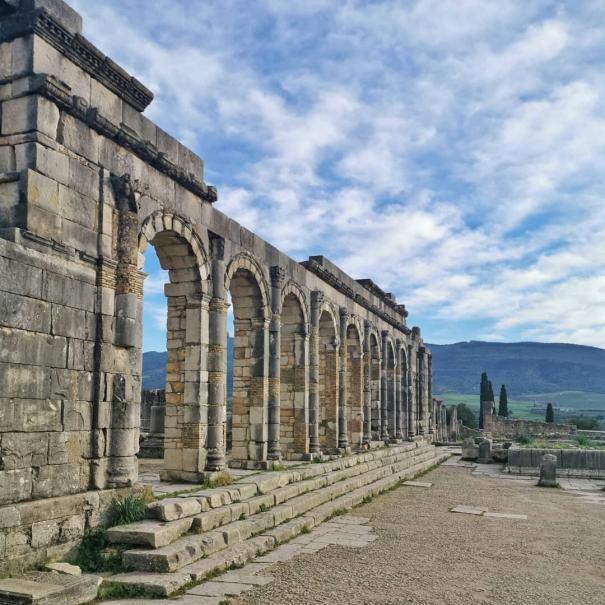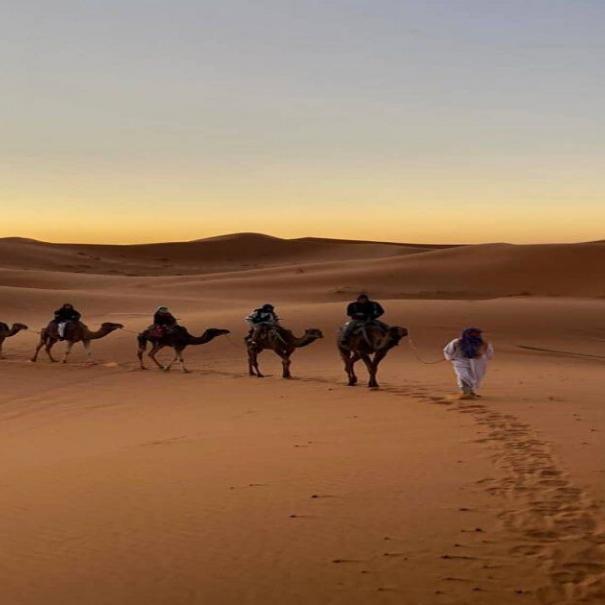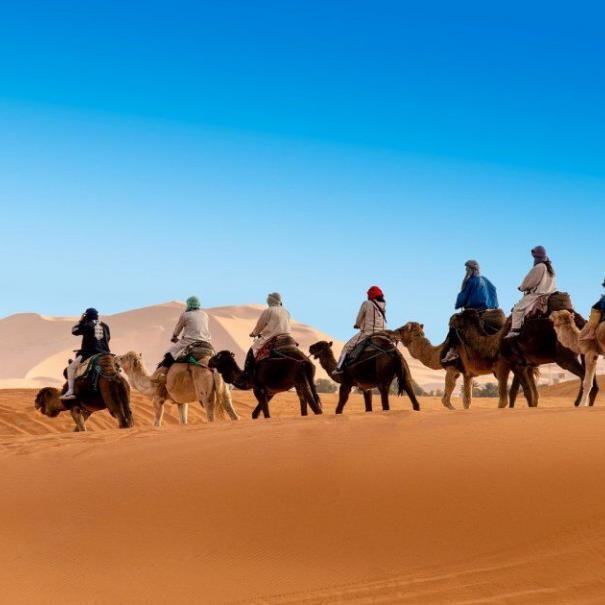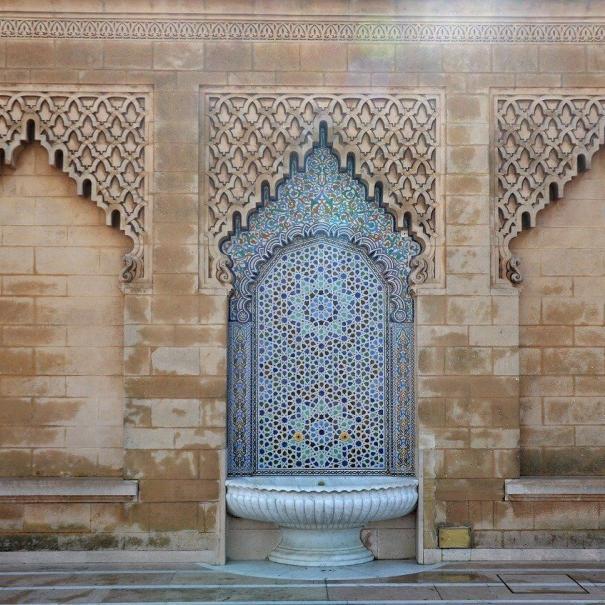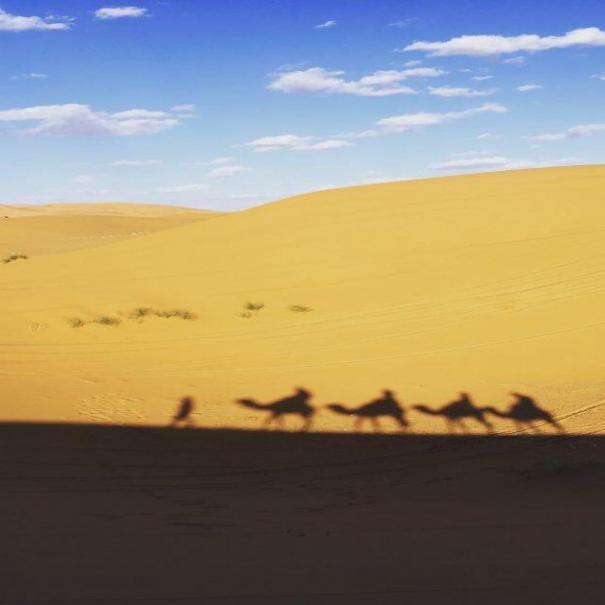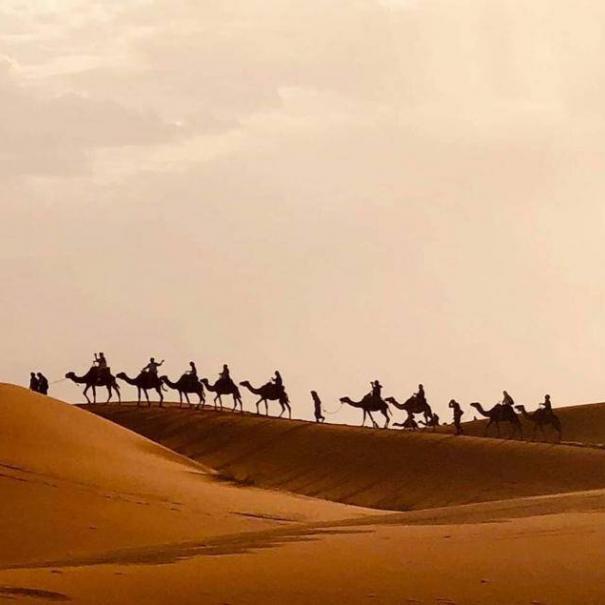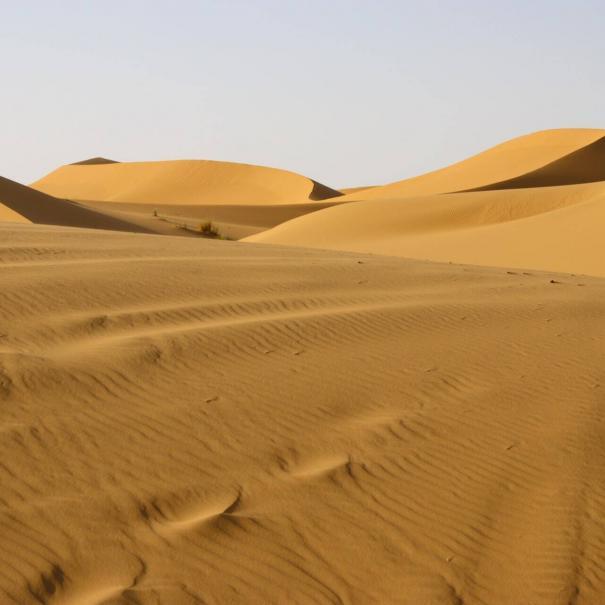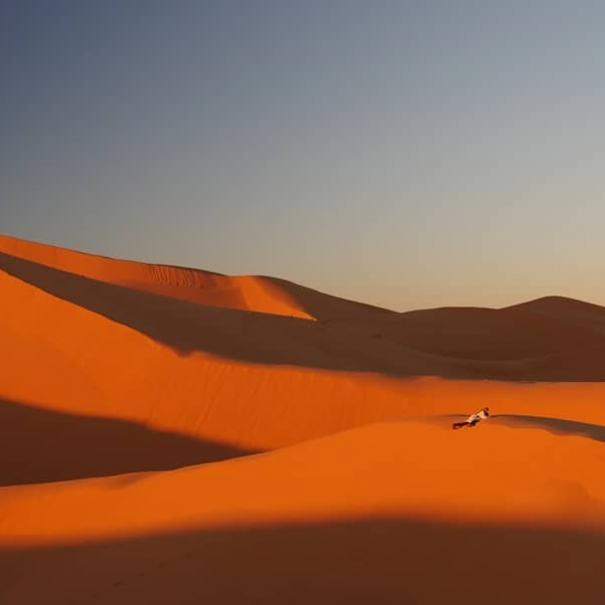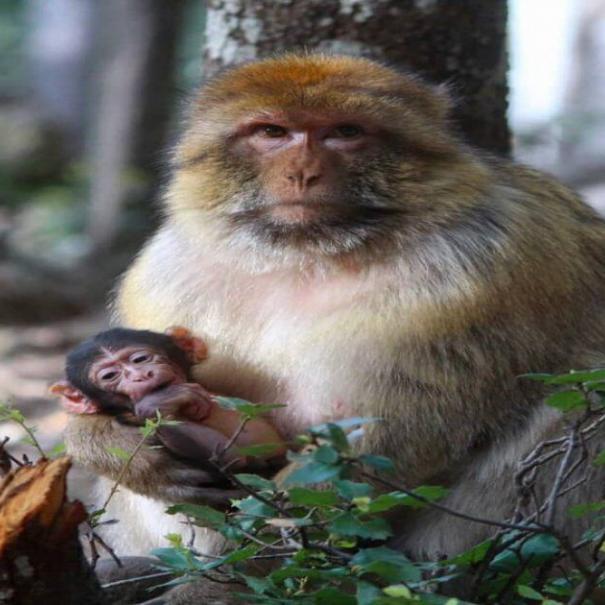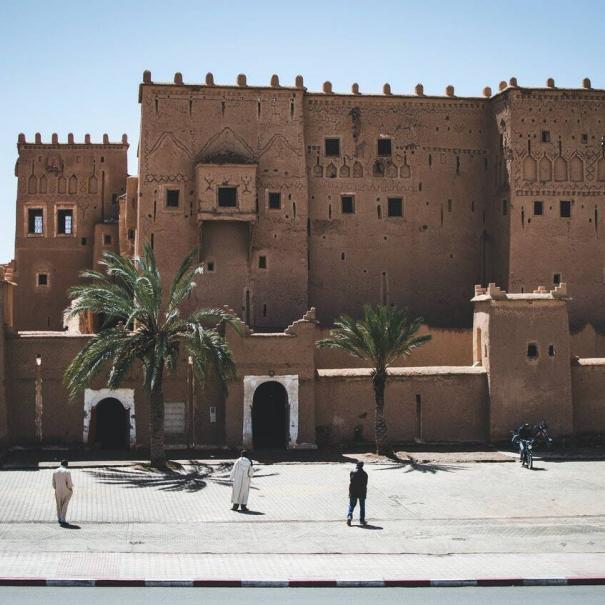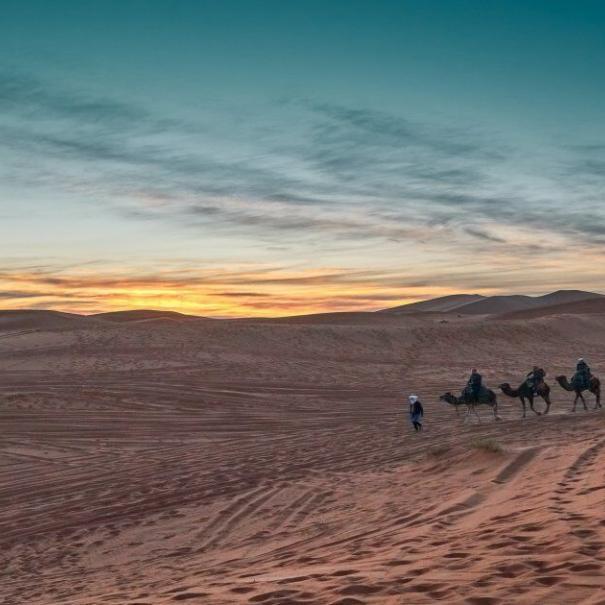4 days tour from Marrakech to Merzouga desert
Welcome to our Marrakech to Merzouga desert tour in 4 days. Let us take you on an adventure to experience camel trekking and camping at Berber tents.
Our tour is customizable to end in Fes, click here for more details.
Main info:
Departure location:
Marrakech
Return location:
Marrakech
Departure time:
08:00 AM
Itinerary duration
4 days/ 3 nights
Highlights of our tour:
- Hike up the Berber fortress, the Kasbah of Ait Benhaddou
- Walk in the grand canyons of Todgha Gorges
- Experience the camel ride in Merzouga.
- Sleep over at one of the Berber tents.
- Visit one of the Berber nomads in Erg Chebbi
Tour overview:
Looking to travel from Marrakech to Merzouga in 4 days? look nowhere else, let us take you on an adventure full of beautiful sceneries and magical experiences.
We will start our tour from Marrakech, on the first day we will visit Ait Benhaddou Kasbah, Ouarzazate, or what they call Ouallywood of Africa. In addition, we will visit the rose valley, the monkey’s toes, and also Tissdrine curves before we spend the night in Dades. Merzouga will be our destination on the 2nd and 3rd day. But before that, we welcome you to visit the Grand Canyons of Todgha Gorges with few other stops on the way to Merzouga.
Merzouga is the highlight of our Morocco desert tours because you get to not only visit the nomads but also experience an overnight at one of the Berber camps and an unforgettable ride on the camels. Eventually, we take the road back to Marrakech passing by Ait Saouen curves and the High Atlas Mountains.
scroll down for a detailed itinerary and other useful information.
Itinerary:
Day 1: Marrakech to Dades :
Our 4 days tour from Marrakech to Merzouga will start by picking you up from your accommodation. To start with, we will visit the argan oil cooperative and drive in the curves of Tissdrine. On the way there, we will make few stops, one of them at the top 2260 meters.
Our next destination to visit is the Kasbah of Ait Benhaddou, one of the Glaoui’s fortresses. Then, if you are interested, we can visit one of the Atlas Studios in Ouarzazate. Afterward, we will continue through the road of thousand Kasbahs to arrive at Rose Valley, and then to Dades. With that being mentioned, we will discover Monkeys toes and Tissdrine curves before we check-in the riad in Dades.
Day 2: Dades to Merzouga:
Our trip will continue to the desert on the second day, we will start from Dades across Tinghir. There, we will walk in the canyons of Todgha Gorges, about 300 meters high with a river passing through. Next, we will keep driving across Tinjdad, Jerf, and Erfoud. Here, we would stop at the Souk “Market” of dates fruits, they have the best with various types. Also, Erfoud is famous for the mineral fossils. Therefore, we will visit one of the museums.
Later, we will drive to Merzouga, we will stop to take some photos of the Erg Chebbi. The camel ride and camping at Berber tents will be on the 3rd day after we visit the nomads.
Day 3: Merzouga desert tour:
On this day, we will fully explore the Sahara desert. First, we will take you to visit the cars museum, owned by a Qatari. Then, we will visit Khamlia, it is a small town where the black people live, they welcome tourists by playing Gnaoua music. After that, our Merzouga desert trip continues to the Mine of Mifis, where they use to dig gold and Kohl. Next, we will head to visit the Berber nomads, they live in tents made out of camel wool, we will see how they live and get to know them.
Our next stop will be at the Srij lake, which is almost 2km away from the center of Merzouga, the village. This lake is worth the visit because it’s where the camels go herding when they are not used for work. Also, it is a home for the flamingo birds.
Eventually, we will take you to ride the camels on the Erg Chebbi dunes, we will take you after that to spend the night at our Berber camp.
Day 4: Merzouga back to Marrakech:
On this day, we will wake you up early to see the sunrise, have breakfast and then take the road to Marrakech. We will take a different road called Ait Saouen, with less traffic and fewer things to see. It will be a long drive about 8h drive with, of course, stops when you feel like you want to. Please contact us to customize the tour differently, our goal is to make your holiday in Morocco unforgettable. Finally, we arrive at Marrakech, and that’s the end of our 4 days desert tour from Marrakech to Merzouga.
Tour includes:
- Pickup and drop off from accommodation.
- Camel for each in Merzouga
- Berber tent accommodation.
- Vehicle with gasoline
- Dinner and Breakfast
Tour excludes:
- Monuments fees
- Lunches
- Tips
- Soft drinks
Testimonials:
Unforgettable trip
My girlfriend and I did the 4 day tour from Marrakech to the desert. Everything was perfect, the driver stopped every time we wanted to take a picture of a view and the Riads we stayed in were very nice. Unforgettable was the night spent in the desert that gave us a spectacular view of the sky full of stars. Many thanks to Youssef who organized everything in the best possible way and was available even before departure.
Stacy C
4 days and 3 nights to Merzouga
We had a great time! First of all you can exchange whatsapp and clear all possible doubts before leaving
The car we used was new and super comfortable. For 4 days we had a super nice driver (Yassin) at our complete disposal. Excellent accommodations (auberge Panorama in Dades, Riad Bouchedor in Ouarzazate and a beautiful luxury tent at Luxury Desert Camp Nomade Life. Everyone took care of us and my children with courtesy and competence.
And the prices are very competitive
Super recommended
Eva N
4 days tour with Aziz!:
After a 2-day visit to Marrakech … we were joined by Aziz of the Traveling Morocco agency with whom we started a wonderful 4-day tour through the desert of Merzouga, the valleys of Dra and Dades and the Todra Gorge.
Everything was perfect … thanks to Aziz who, with his professionalism, made us feel safe and accompanied us in the visit of this wonderful country.
Anna B
4 days/3 night from Marrakech to Merzouga desert
I can only say that everything was perfect! In 4 days of tour we returned home with hundreds of photos, many of which were taken at Abdul’s suggestion, who was very helpful and stopped at every request.
For the rest only positive things, excellent driving, sporty but prudent, excellent conversation, friendly and playful but discreet as well as the company, never intrusive and always precise.
Everything else was perfect, as was the choice of hotels and restaurants, always up to expectations. Many things have made us understand that there is care and attention to customers, to say, Abdul also checked the state of the bathrooms in the local before we go 😀
To conclude I can only recommend the guys at Nomade Life, trust them because you will not be disappointed!!!
Marta T
Book your 4 days desert tour from Marrakech
In order to book our Marrakech desert tour 4 days to Merzouga, please fill in the name of the tour in the subject field. Not to mention, if the itinerary we suggested is missing some of your needs please let us know, we will make sure to answer you within 24h.
Related Morocco tours:
We have customized different tour itineraries from Marrakech, desert tours, and city tours. However, if the plans below do not match what you are looking for, please fill in our contact form with your needs.
Highlights overview:
During this tour of 4 days from Marrakech to Merzouga desert, there are many things you will see and visit, we have listed some of the best below.
Todgha Gorges
The Todra Gorge, located in the eastern part of the Atlas Mountains in Morocco, is considered one of the most striking canyons in the world.
The Todra and Dades rivers have carved 40 kilometers of canyons in the mountains with amazing reliefs. Todgha is the name for the last 600 meters of the canyon. In places, this canyon is only 10 meters across, and its cliffs rise to a height of over 150 meters. The river has already dried up, and only your imagination can help you imagine the powerful natural forces that once created this gorge.
The gorge is in a remote area of Morocco, but over the years it has remained a popular tourist destination. The canyons are equipped with hiking trails and a groomed dirt road that visitors have to share with mules and other pack animals.
Tinghir Township was created to accommodate tourists and locals who pass through the area carrying their belongings on the backs of camels. According to the 2004 census, Tinghir, with its 36,000 permanent residents, had a population of nearly 90,000 at the time of the count. The city, part of the Ouarzazate region, is mostly populated by the Amazigh (as many Berbers call themselves), an indigenous people of North Africa who live in areas west of the Nile Valley. The name of these people roughly translates as “free people” or “free and noble people.
The high Atlas Mountains:
ATLAS (Atlas Mountains) – ATLAS (Atlas Mountains), in northwestern Africa, within Morocco, Algeria, and Tunisia. The Atlas Mountains is a mountain range in northwestern Africa, in present-day Berberia, known under the same name in antiquity, but still very little explored at present. The length of the ranges is 2,092 km. The highest peak is Mount Toubkal (4167 m), located in south-western Morocco.
It is about 2,000 km long. It consists of the ranges Tel Atlas, High Atlas, Middle Atlas, Saharan Atlas, the inner plateaus (High Plateau, Moroccan Meseta) and the plains. The extinct volcano Kilimanjaro (5963 m) the highest point of the continent and other highest mountains are on the East African Plateau broken by faults. The Lord Aberdare Range is a mountain range in Africa located in central Kenya, north of its capital, Nairobi.
Geology and Landforms of Africa:
From Worcester Mountain, they turn to the N.-West. On the windward slopes, mainly secondary thickets of evergreen shrubs (fynbos has) are on the W., while on the E. – Mixed coniferous-leaved forests on brown and mountain-forest brown soils. In East Africa, there is the largest land-based earth crust fault (the Great East African Faults).
There are two equatorial, two subequatorial, and two tropical climatic belts in Africa. The northernmost coast and the southern tip of the continent are located in the subtropical belts. It is driest in North Africa, in the Sahara. The ancient world first learned of the existence of the Atlas Mountains from the travels of the Phoenicians. The journey of two Czechoslovak engineers Jiří Hanzelka and Miroslav Zikmund in a Tatra 87 vehicle through North Africa.
The authors observe life in Africa, gather information about the cultural, geographical, and other features of the “Black Continent,” and delve into the ancient history of Africa. In this book, the author briefly summarizes all the major events and results of his half-century … A fascinating, more than a half-hour, chase with fights and explosions in the x / f “Bourne Identification” was filmed in Tangier. Originally, Atlas was only part of the mountain system within the ancient Mauretania, which is west and center of the modern Atlas.
Populated mainly by Arabs and Berbers (Morocco), including the Kabyle (Algeria). In the High Atlas Mountains live the last of those Berbers who have fully preserved their traditions. The ancient Greek legends and poems by Homer (between the twelfth and seventh centuries B.C.) tells the story of the great titan Atlas. But he also had a problem: Atlas, who in some legends was also called the African king, had the temerity to refuse hospitality to the legendary Greek hero Perseus.
Ait Benhaddou:
Ait Benhaddou is a worthy place to hike up in our tour of 4 days starting from Marrakech to the Sahara desert of Merzouga. Once a caravanserai on the way of trans-Saharan caravans, Ait Benhaddou is today the most colorful and authentic sight of Morocco, on a par with Ouarzazate repeatedly depicted in the works of Hollywood filmmakers. In whatever role this humble settlement on the slope of the Atlas Mountains has managed to visit – Jerusalem from “Jesus of Nazareth,” a deserted fortress from “Lawrence of Arabia” and an abandoned jungle-dwelling from “The Jewel of the Nile. Ait Benhaddou is truly impressive: its 11th-century red-walled Kasbah fortress, nestled against a hill, and the emerald date oasis at the foot makes you believe you’re on another planet.
What to watch:
The medieval fortress-Xar (“castle”) is the main and only attraction of Ait Benhaddou. The settlement is located inside the Xar, it rises on the mountainside and is protected from the outside by thick red fortress walls. Thanks to the inclusion in the UNESCO list and the close attention of filmmakers, the Ait Benhaddou kasbah has been well preserved: the walls are regularly restored, which creates the impression of traveling back in time – it seems that this is the 11th century, and another caravan is about to leave the gates of the fortress for Timbuktu. You can enter the fortress through one of the two gates – over the new bridge or through the dried-up river bed.
The walls of Ait Benhaddou are built of adobe bricks, the material for which is common clay soil.
At the top of the hill, there is an ancient granary – it is almost completely ruined, but it is worth climbing up here if only to enjoy a dizzying view of the settlement and the Atlas mountains to the horizon. And on the opposite side of the hill, there is a medieval mausoleum-shrine of the hermit Benhaddou, after whom the city is named.
Merzouga:
Merzouga is a small village in the Moroccan part of the Sahara, it is the highlight place of our 4 days Marrakech to Merzouga desert tour. The great desert in this country is mostly dry, cracked soil. But the usual sand dunes here are one, two, and counting. To be more exact, there is only one such place. It is located in the vicinity of Merzouga. Its houses and tents stand at the foot of Erg-Chebbi, a vast (50 by 5 km) massif of dunes up to 350 m high. There is no developed infrastructure – civilization is limited to a couple of supermarkets, a few cafes, and restaurants. Most people come to Merzouga not to bask in the soft pillows of hotel suites, but to take part in a camel safari and experience the authentic Berber way of life.
What to see:
Merzouga is the starting point for all extreme people departing deep into the Sahara. The surrounding area is considered one of the most convenient places to explore the nature of the great African desert. The main attraction of Merzouga is a giant ridge of dunes up to 350 meters high. The sandhills are especially fascinating at sunrise, when the shadows on their slopes seem to run into each other in the first rays of the sun, weaving into a single intricate pattern.
The only way to get around Merzouga and its surroundings is on foot, thanks to the small settlement. Though it is better to walk in the evening or in the morning, as it is intolerably hot in the desert in the daytime.
Another attraction – a small lake Dayet Srij, located west of Merzouga. It fills with water only after heavy rains and in winter, which attracts thousands of birds. Pink flamingos, storks, ducks, and other birds like to rest here.
Things to do:
As mentioned above, most tourists come to Merzouga to take part in a camel safari through the dunes of Erg Chebbi. Before leaving for the desert, be sure to buy a scarf to protect your neck and head from the sun. The cost of the tours: with one night in the desert – 55 EUR. Tents, breakfast, lunch, and dinner, as well as water, are already included in the price. The first night most groups sleep in large Berber tent cities. Dinner is also offered here, sometimes with live traditional music. Breakfasts are served very early before it gets too hot.
Some tour companies have their own tent cities equipped with all the necessary amenities. Such safaris are more expensive, but the price is fully justified by the comfort.
Weather in Merzouga:
The winter months (November-February) are quite cold (+10 °C), with sunny days and frosty nights. Spring, starting in April, is quite comfortable with temperatures up to + 30 °C during the day and cool nights. Summers are naturally very hot.
In winter and spring, it rains sometimes (a few times a month), but downpours are rare. The best time to visit Merzouga is considered the period from February to April. We highly recommend the 4 days desert tour Marrakech to Merzouga in Spring.
